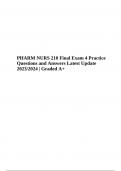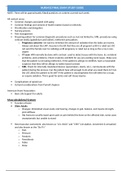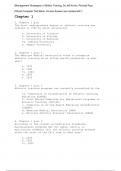Summary
Summary Complete revision notes for EDEXCEL international GCSE (9-1) Chemistry - Fuel and hydrocarbons
- Course
- Chemistry
- Institution
- 11th Grade
The complete lesson notes provide the knowledge on fuel, alkane, alkene and practical skills of the lesson for international GCSE (9-1) specification .
[Show more]












